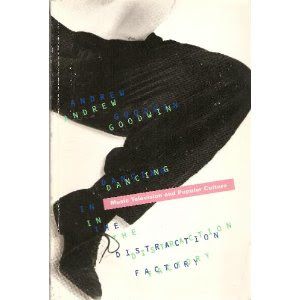
Performer Chris Martin is positioned lying in bed, which is greater in proportion to his action figure sizing. The protagonist, all in stop frame motion, gets out of bed and walks downstairs to eat breakfast – portraying an ordinary modern lifestyle – thus, relating directly to the audience. It is then that the video takes a more original and eccentric slant when the protagonist gulps a fish wholly and creates a speech bubble reading: ‘HELP!’. In this way, the director explicitly appeals to the audience – giving them an active role, a generic convention of stop motion music videos.
As part of the mise-en-scene, the performer is costumed in a generic superhero outfit and flies through the clouds and in to outer space – creating a surreal and humorous image. Accompanied by a giant, cynical squirrel – the director depicts an extraordinary and vividly exciting narrative. The mise-en-scene is enhanced through Chris Martin flying over the seas and to New York, shown through the skyscrapers and lights synonymous with ‘The Big Apple’. The evil giant squirrel then begins to fire arrows at the performer which he deflects with an umbrella – further constructing an image which is surreal and unusual to the audience. In a cynical act, the squirrel then cuts the performer’s cape – allowing him to fall from the skyscrapers, supported by his umbrella acting as a parachute. In this way, the director constructs an impossible and fairytale-like image – reinforcing the surreal theme to the music video.
The video is made fluent and the performer undertakes a series of continuous events, making the continuity of the music video flawless and unrealistically fluent in a humorous fashion. The performer then falls into a lake and is eaten by the Loch Ness monster – a myth synonymous with Scotland. In this way, the director takes the audience on a worldwide historical tour, as superhero Chris Martin attempts to save a lady from being held hostage by the giant squirrel. The audience learn this from the snapshot which appears in the top left of the shot – showing the Queen gradually drowning. This makes the audience anxious and constructs an air of suspense, making the music video more of a narrative in terms of style.
In terms of colour, pastel primary colours are dominant in the music video. The mise-en-scene is drawn on the floor with paints/crayons – so the general emission of the video is sketchy and authentic, applicable to the scene of independent rock in this particular case. Blue is particularly dominant, for mainly the sea and the sky. By using deep shades of blue, an air of tranquillity is conveyed; this coincides with the fluency of the stop-motion, in a surreal sense. This surrealism is reinforced by the use of natural images on a surreal mise-en-scene, making for unusual viewing and fulfilling the gratification of escape.
From viewing this stop animation video we have decided that to create a video that captures our target audience we need to produce a storyline which provides a situation which our audience can relate too but also humour, like the coldplay video, to keep our audience entertained throughout.

